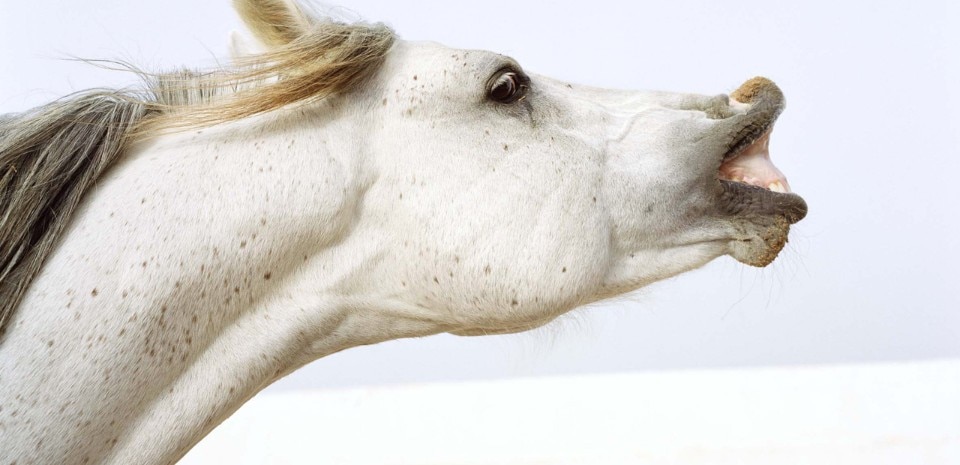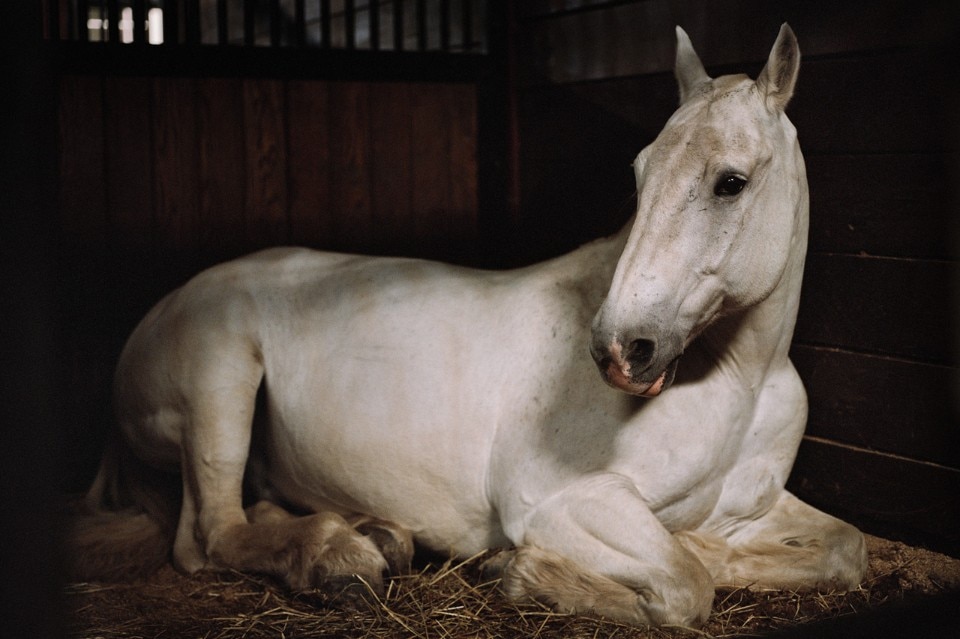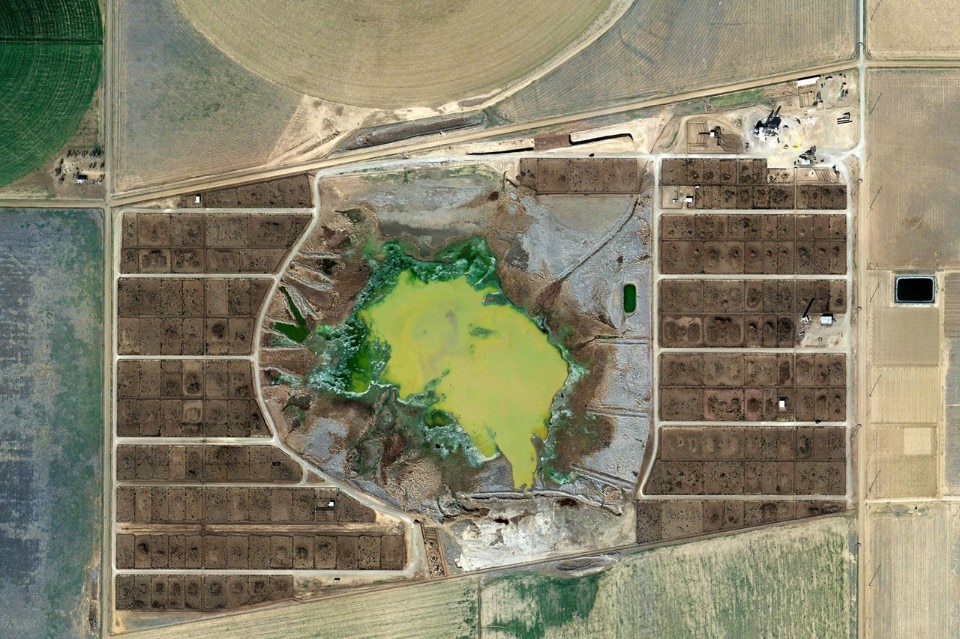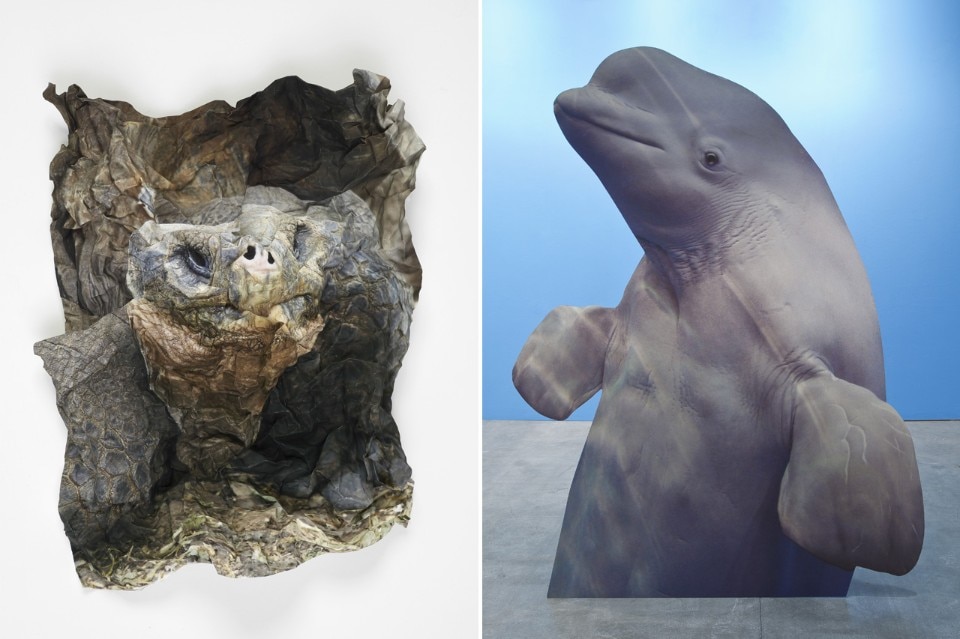Animals are also consistently subjects of public controversy, whether in relation to animal rights, agro-industrialisation, conservation or genetic engineering.
Recently, an expanding field of animal studies has sought to question humankind’s relation to the animal world, challenging long-held humanist assumptions about the animal’s external relation to man. In the writings of Derrida, Deleuze and other post-Heideggerians, the animal has become a potent figure of speculative inquiry, offering radically new conceptions of ethics and agency for all species.
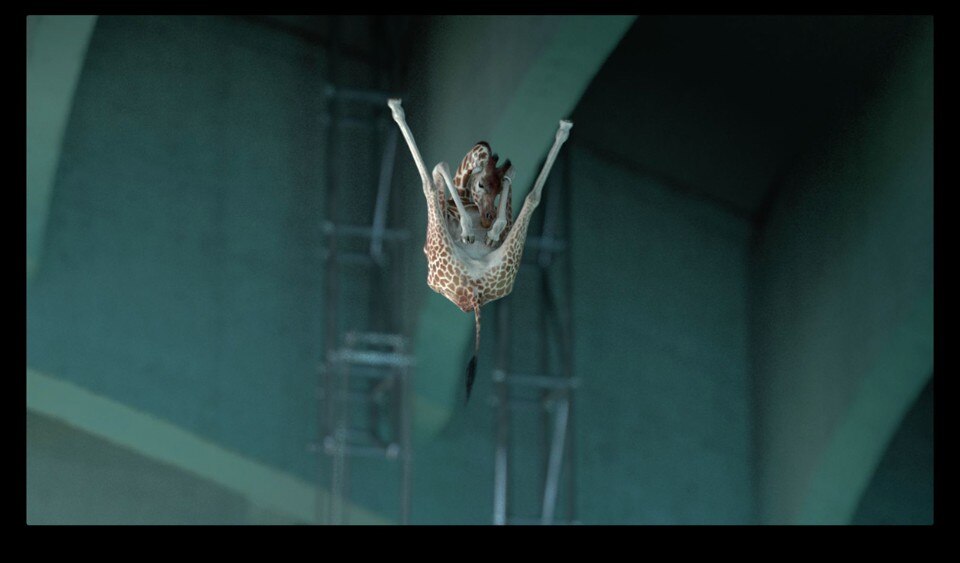
Since the 1970s, artists, too, have engaged with the animal, rethinking traditional categories of representation to challenge human-animal relations as well as the nature of creative practice itself. “Beastly/Tierisch” explores these issues in the work of photographers and video artists over the last twenty years. The exhibition begins with artists who challenge familiar categories of animal representation, undermining the traditionally anthropocentric nature of vision.
Thus Sam Easterson attaches a camera to an armadillo to forge a more beastly vision, whilst in Jitka Hanzlová’s intense attention to the physicality of the horse we are presented with a more egalitarian mode of human-animal exchange. Animal contexts – e.g. the swarm – become more important as in Christoph Brunggel and Benny Jaberg’s film, Following. Other work challenges the traditional opposition of (human) interiority and (animal) surface, producing in the images of Peter Hujar or Pietro Mattioli eerie human-animal portraits. Classic series from the history of photography such as Balthasar Burkhard’s Escargot combine with more recent examples of the digital sublime in photography and film. The photographs of Simen Johan or Nicolas Deveaux’s film, 5m80, appear to offer animals a purer, perhaps anti-humanist, mode of being.
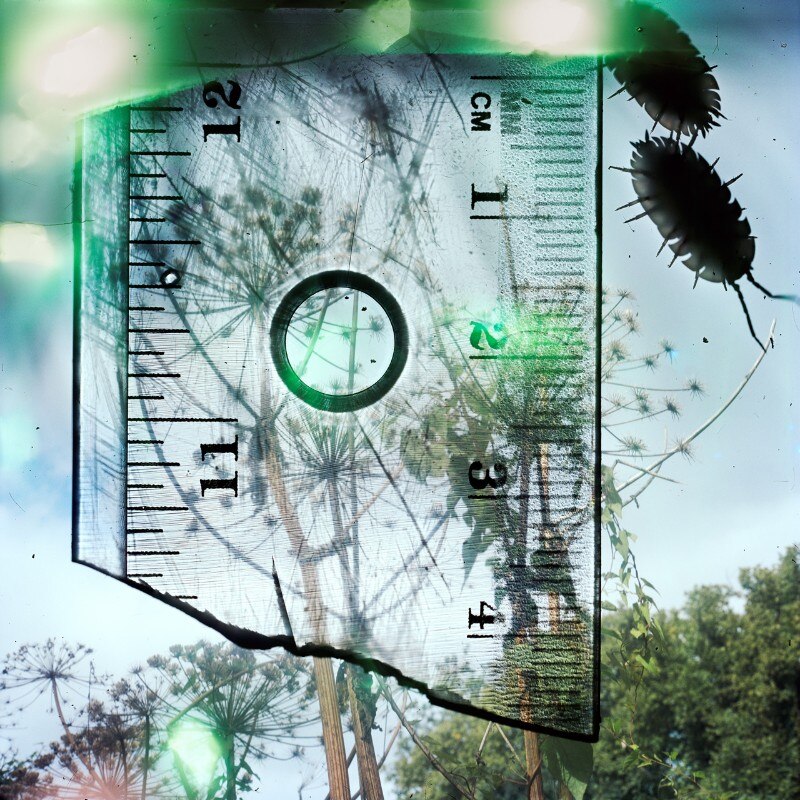
The exhibition then evolves through more socially critical categories, revealing the animal as subject to human exploitation through control or commodification. It begins to explore the way that animals are embroiled in human processes and passions. Animals are caged, consumed, or captured, objects caught up in a very human animal-industrial complex. The sublime scale of agro-industry is revealed in Mishka Henner’s Feedlot series, whilst Erik Kesselsʼ found photo series, In Almost Every Picture, offers an ironic commentary on the animal as human food.
The role of the domestic pet is explored, as is the animal as an ob-ject of human sexual desire, seen in Carolee Schneemann’s Infinity Kisses. At the same time, the animal as a figure of critique begins to emerge, either in the form of political allegory, or appropriated as a radical sign, questioning, for example, in the work of Sammy Baloji forms of colonial repression. In the film L’étalon noir by Moussa Sarr we are asked to consider whether such oppressions in the human world derive from rejection of our own animality.
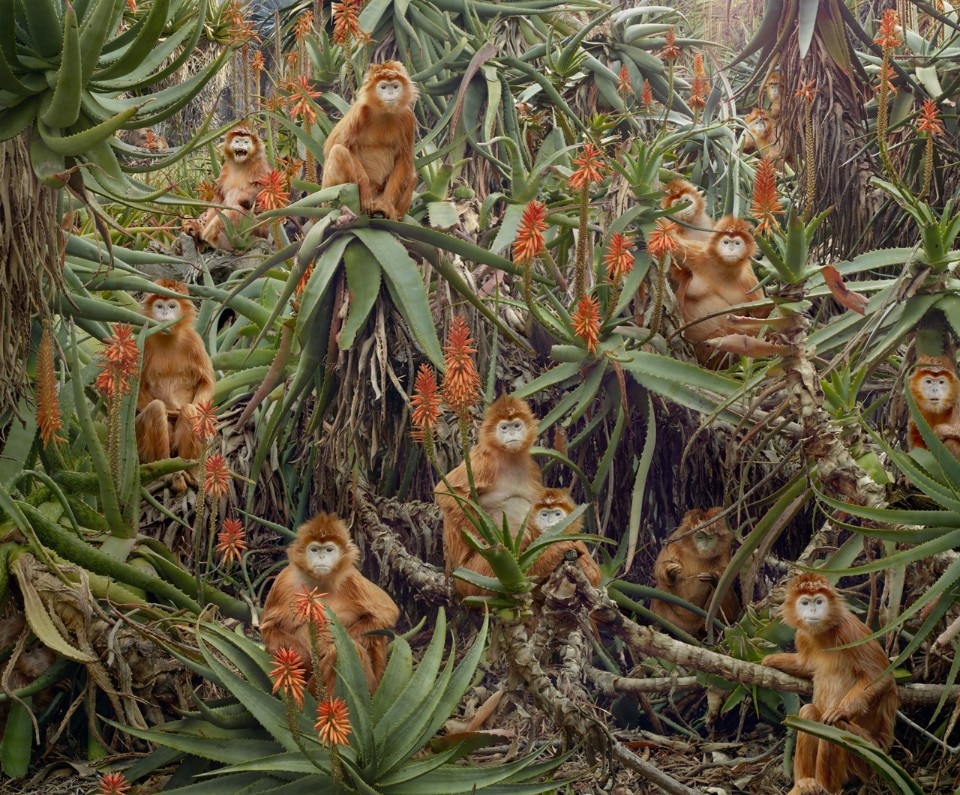
“Beastly/Tierisch” also looks at self-reflexive modes of artistic critique, seen in the animal whose status is altered through representation. Thus Elad Lassry pursues the formal possibilities of the pet as visual fetish, whilst in his attention to the microstruc-ture of photographic surfaces, Jochen Lempert raises questions of animal embodiment and multiplicity.
We perceive here a more “beastly” positioning emerging, pursued by artists who seek a bio-centric perspective. Thus Marcus Coates crumples in his hands precisely rendered, National Geographic-style photographs of animals, drawing our attention to animal surfaces, whilst Charlotte Dumas’s film Anima seems both to displace the human from animal representation altogether, as well as to create a profound affiliation. A traditional essentialist opposition between human and animal is broken down as artists attempt to think the animal creatively beyond ourselves revealing their inherent value outside the human domain. The exhibition concludes with work that engages with the question of animal futurities, including the possibility that in our biotechnological and digital present animal identities become ever more fabricated. Indeed, Revital Cohen and Tuur Van Balen’s recent project, Sterile, suggests the end of any meaningful conception of “nature” altogether.
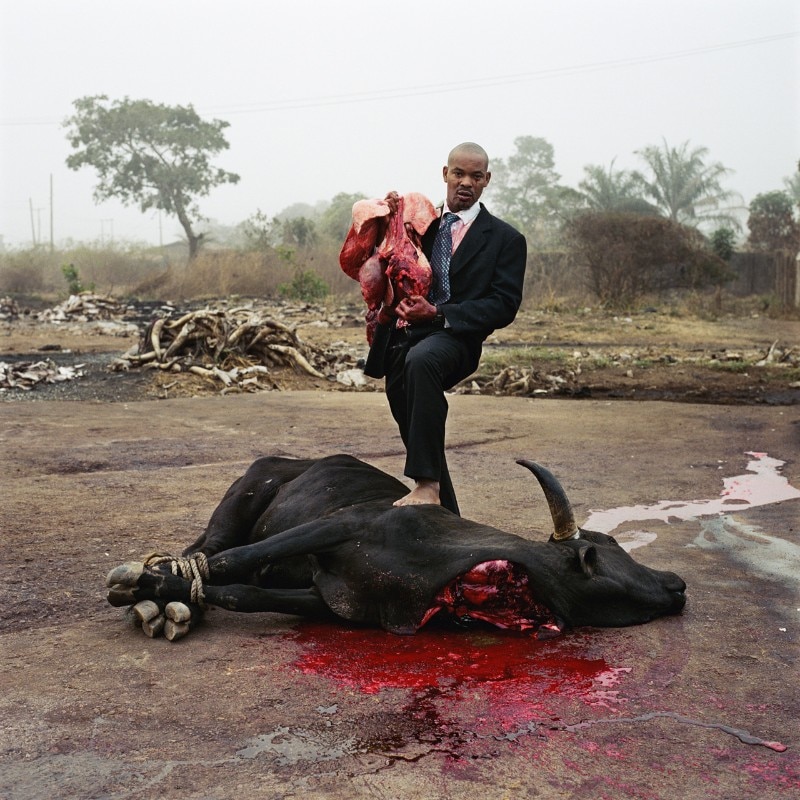
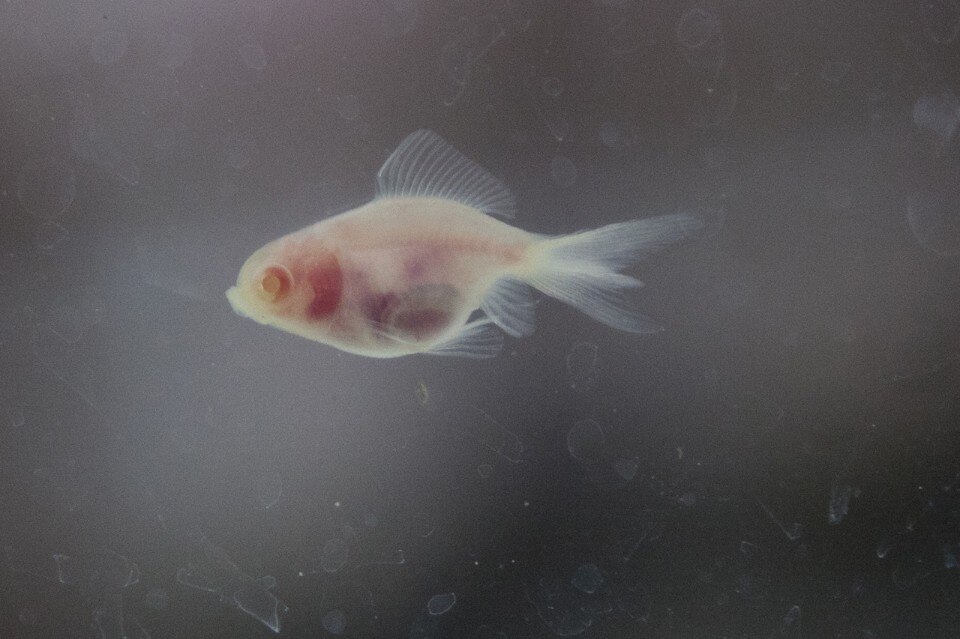
until October 4, 2015
Beastly/Tierisch
curated by Duncan Forbes, Matthias Gabi and Daniela Janser
Fotomuseum Winterthur
Grusenstrasse 44, Winterthur


